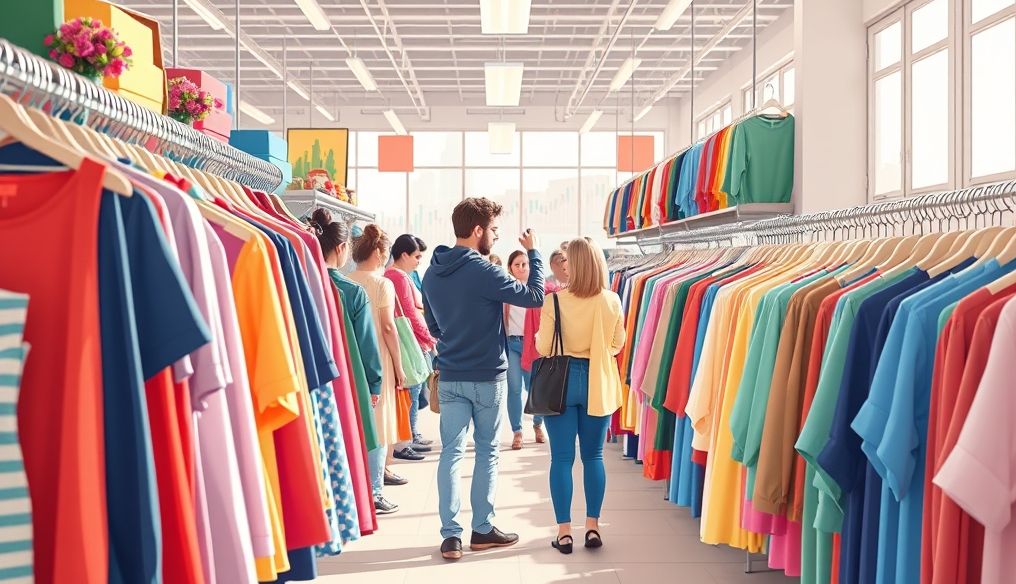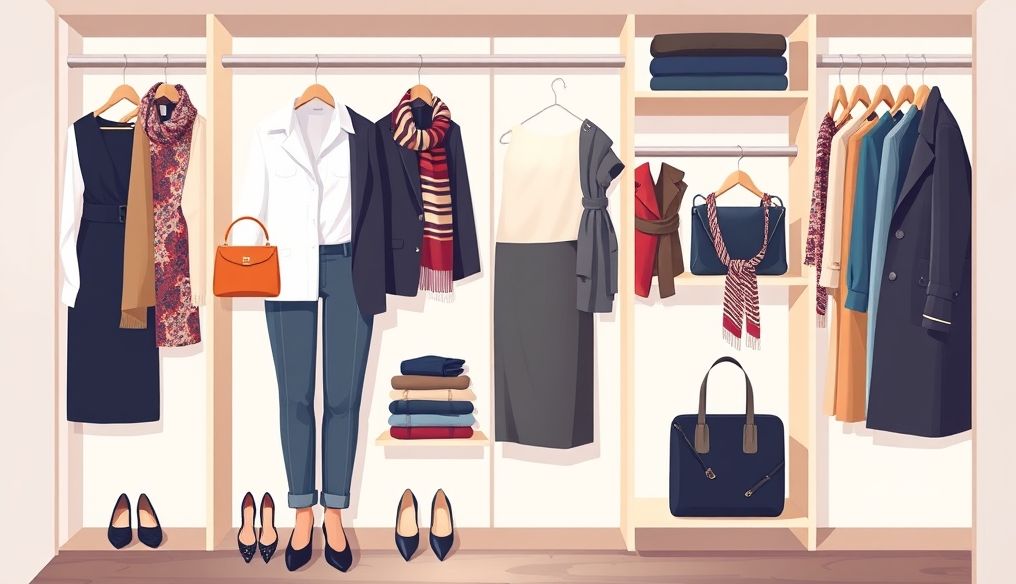Is Shopping at Thrift Stores a Sustainable, Stylish, and Economical Choice?
In a world increasingly aware of sustainability and the environmental impact of the fashion industry, shopping at thrift stores has become an attractive option for many. It's no longer just a way to save money but has transformed into a lifestyle that reflects environmental and social values. But is it really a good choice? This is what we will explore in detail.
What are Thrift Stores?
Thrift stores, also known as secondhand stores or consignment shops, are places that sell clothing, shoes, and accessories that have been donated by individuals or organizations. These stores are often affiliated with non-profit organizations that use the profits to support their programs and charitable initiatives.
Environmental Benefits of Shopping at Thrift Stores
The fashion industry is one of the most polluting industries in the world. Producing clothing requires enormous amounts of water, energy, and chemicals, and generates significant amounts of waste. Shopping at thrift stores helps reduce this negative impact by:
- Reducing Waste: Reusing clothing prevents it from reaching landfills, where it takes years to decompose.
- Conserving Resources: Producing new clothing requires limited natural resources. Buying secondhand clothing reduces the demand for these resources.
- Reducing Pollution: The fashion industry is responsible for a significant portion of carbon emissions and chemical pollution. Buying secondhand clothing reduces these emissions and pollution.
Economic Benefits of Shopping at Thrift Stores
In addition to the environmental benefits, shopping at thrift stores offers many economic advantages:
- Saving Money: Secondhand clothing is usually sold at much lower prices than new clothing.
- Finding Great Deals: You may find unique pieces or designer clothing at affordable prices.
- Supporting Non-Profit Organizations: Profits from thrift stores often go to support noble causes.
Style and Fashion in Thrift Stores
Shopping at thrift stores is no longer just a way to save money but has become a stylish and trendy option. You can find unique pieces that you don't find in regular stores and express your personal style in an innovative way.
Tips for Finding Treasures in Thrift Stores:
- Be Patient: It takes time and effort to find good pieces.
- Inspect Clothing Carefully: Make sure there are no stains, damage, or defects.
- Try on Clothing Before Buying: Sizes may vary between brands.
- Be Open-Minded: Try new styles and colors you wouldn't choose in regular stores.
- Wash Clothing Before Wearing: To ensure cleanliness and health.
Health and Hygiene in Thrift Stores
One common concern about shopping at thrift stores is hygiene. However, this concern can be overcome by taking some precautions:
- Wash Clothing Thoroughly: Use a strong detergent and hot water to kill any germs or bacteria.
- Dry Clothing in the Sun: Sunlight helps disinfect clothing.
- Use Hand Sanitizer: After visiting the store, wash your hands thoroughly or use sanitizer.
Personal Development and Creativity Through Thrift Shopping
Shopping at thrift stores can be a fun and rewarding experience on a personal level. It encourages creativity and innovation in choosing and coordinating clothing and helps develop your own fashion sense.
Entrepreneurship and Small Businesses in the Secondhand Clothing Sector
If you are looking for a small business idea, the secondhand clothing sector offers great opportunities. You can buy used clothing at low prices, clean and refurbish it, and then sell it online or in a local market.
Social Impact of Shopping at Thrift Stores
Shopping at thrift stores is not just an environmental and economic choice, but also a social one. You support non-profit organizations that help those in need and contribute to creating jobs in your local communities.
The Future of Sustainable Shopping: Secondhand Clothing as a Primary Choice
With increasing awareness of the importance of sustainability, shopping at thrift stores is expected to become a primary choice for many consumers. It is not just a passing trend but a cultural shift towards adopting more responsible values towards the environment and society.
Conclusion: Shopping at thrift stores is indeed a good idea. It offers environmental, economic, and social benefits and encourages creativity and self-expression. With a little patience and effort, you can find unique treasures and contribute to building a more sustainable future.




